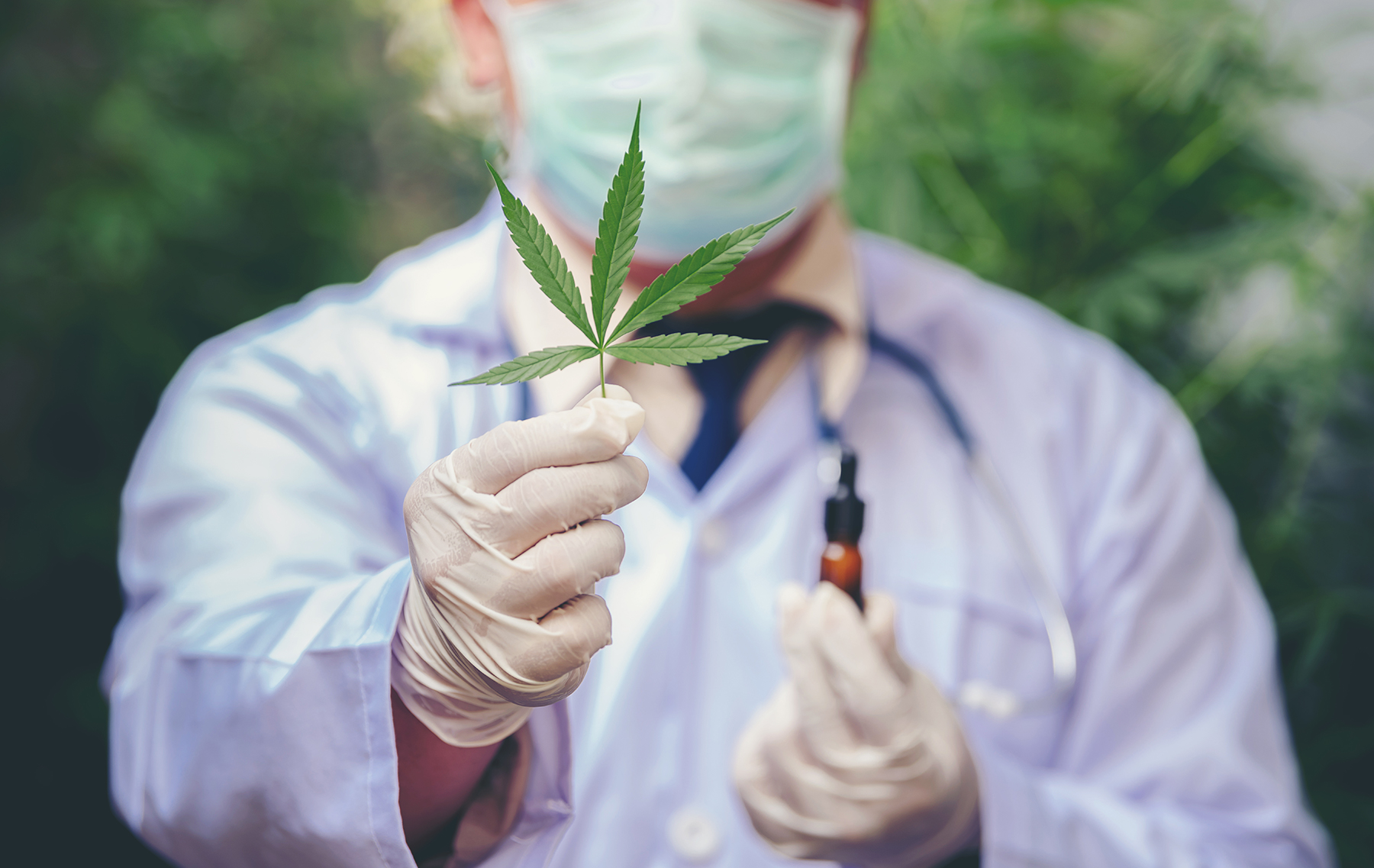The ECS is an essential part of a healthy, functioning, and strong body. It affects every part of our lives, from metabolism to mood. And if your ECS is struggling, it could have huge ramifications.
Some people might find it slightly disconcerting to learn that their body produces endocannabinoids. After all, we’ve long been told that cannabis is bad, so to learn cannabinoids are important to our well-being could be quite a shock.
The endocannabinoid system (ECS) impacts and manages a huge number of processes in our bodies. We are only just beginning to understand the far-ranging impacts of our ECS, but one thing is becoming very clear. Cannabis is proving to be successful in treating a wide range of medical problems because it acts in the ECS. The ECS was only ‘discovered’ in 1992, so this is all very new science, we haven’t understood its relevance until recently.
What is the Endocannabinoid System?
The endocannabinoid system (ECS) is a complex set of structures that help to regulate and modulate a huge number of processes and functions in the body. It also manages a range of external and internal factors.
There are three main parts of the ECS:
- Cannabinoid receptors: These are a structure in a cell that binds to cannabinoids and causes a specific effect in the cell. Think of these like a lock that needs a specific key in order to work. There are two main types in our ECS, creatively called CB1 and CB2. CB1 is located in the central nervous system (CNS), and CB2 is generally found in the immune system.
- Endogenous cannabinoids: These are also called ‘endocannabinoids’ and are the cannabinoid molecules that are naturally made by your body. There are two main kinds identified so far, called anandamide (means ‘bliss’ in Sanskrit), (AEA) and 2-arachidonoylglyerol (2-AG). These are the key for the receptor ‘lock’, so they unlock specific receptors.
- Enzymes work to break down the endocannabinoids once they’ve done their job. There are two main ones, called fatty acid amide hydrolase (FAAH), which breaks AEA down, and monoacylglycerol acid lipase (MAGL), which generally breaks down 2-AG. These enzymes hang out by the receptors and work to stop the process.
In a highly simplified explanation, endocannabinoids are produced throughout the body, in places like the brain, various organs, glands, immune cells, and connective tissues. These endocannabinoids are then sent to their matching receptors and interact with them. This reaction causes the body to perform a specific task. Then the enzymes break down the cannabinoids and disperse them.
What Does the ECS Affect?
This is a super complicated system and scientists still don’t really know all the answers. The ECS has been linked to a huge number of processes, including:
- Appetite
- Bone growth
- Cardiovascular system function
- Inflammation and the immune system
- Liver functioning
- Memory and learning
- Metabolism
- Mood
- Motor control
- Muscle creation
- Nerve and skin function
- Pain regulation
- Reproductive system function
- Sleep
- Stress
Scientists think that the main role of the ECS is to maintain normal functioning: homeostasis. Sleeping, eating, relaxing, and protecting our bodies.
Endocannabinoids and Phytocannabinoids
We have endogenous cannabinoids – those are the ones our body makes. But, we know that cannabinoids also exist outside our body, such as the ones in the plant Cannabis Sativa, and these are called phytocannabinoids (‘phyto’ means derived from plants). There are more than 100 phytocannabinoids in Cannabis Sativa, but the main ones are:
- CBD: Cannabidiol
- THC: Delta-9-tetrahydrocannabinol
- CBN: Cannabinol
- CBC: Cannabichromene
- CBG: Cannabigerol
While we know how some of these affect our ECS, others are still a mystery. There are also factors like the entourage effect when some treatments are more successful when cannabinoids are administered together (such as THC and CBD are often more effective for sleeping problems when used together). The entourage effect also applies to terpenes, another chemical found in cannabis sativa.
How Does the ECS Work?
Every process is different depending on the functions, and scientists don’t have all the answers just yet. But this example may help you to understand how these all work together.
When CB1 receptors are activated, they slow (inhibit) the release of neurotransmitters. In plain English, these CB1 receptors (the lock) get a signal from a specific cannabinoid (CBD is the ‘key’ in this example). This signal slows down the release of a transmitter via a bunch of chemical reactions in the receptor. This changes calcium levels in the brain and affects the signals between the cells, and stops certain types of electrical activity in the brain. This could explain why cannabis tends to have an anti-convulsant effect and is very successful when treating some types of seizures.
This is overly simplified but it shows how important the ECS system is, and the basics of how it works for people taking CBD for epilepsy. Now, knowing the huge number of functions that the ECS carries out, imagine the possibilities for medicinal cannabis.
Can Medicinal Cannabis Help You?
If you’ve been reading this and wonder if cannabis can help your health, give us a call to chat. There are so many possibilities for your health and well-being with CBD and THC treatments. We can talk to you and see if your health could benefit from medicinal cannabis. This is a new science and it’s full of promise and wonder; is cannabis the answer you’re looking for?
Summary
- The endocannabinoid system (ECS) is a body-wide set of processes
- The ECS controls and influences homeostasis functions like rest, eating, sleeping
- It can help to regulate a huge number of internal and external factors
- Cannabis can be used to help regulate the ECS

